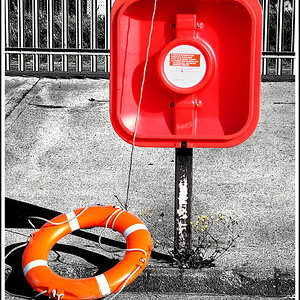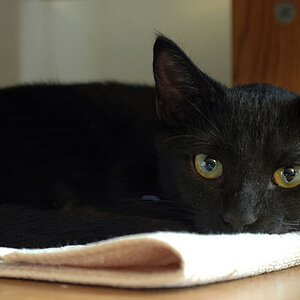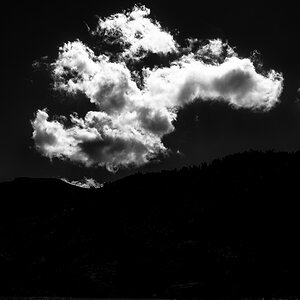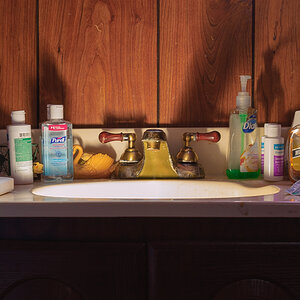ARH1988
TPF Noob!
Hey all....I've got a pentax K1000 with a ton of nice lenses, but my K1000 doesnt have a lit-up light meter. this makes it impossible to shoot at night because i cannot see the damn meter! Is there a newer body i can buy that will be compatible with the lenses i already have?
Any other options? I dont know much about external light meters, but I'd be willing to explore them...
thanks!
-Alec
Any other options? I dont know much about external light meters, but I'd be willing to explore them...
thanks!
-Alec





![[No title]](/data/xfmg/thumbnail/30/30889-6a35eb14fac2d7d837d49a6a1757d874.jpg?1619734500)







![[No title]](/data/xfmg/thumbnail/38/38263-ad5e4c9e677626ddb5b1e7cdf9ebe40e.jpg?1619738548)
